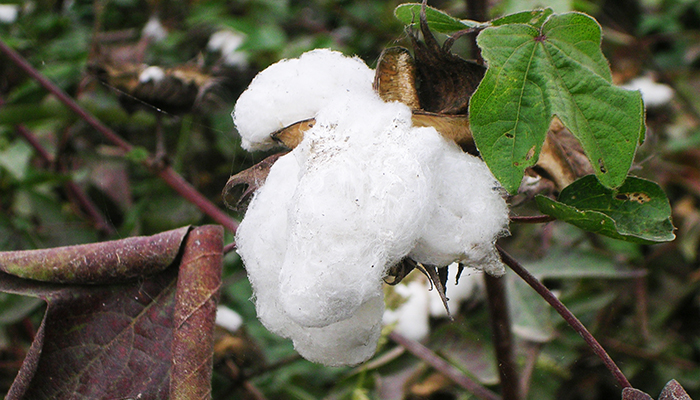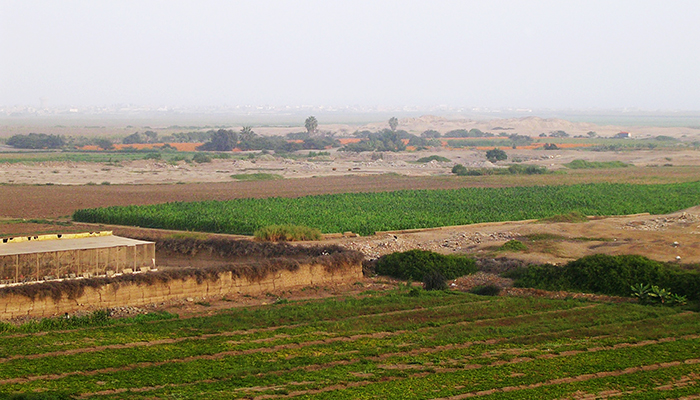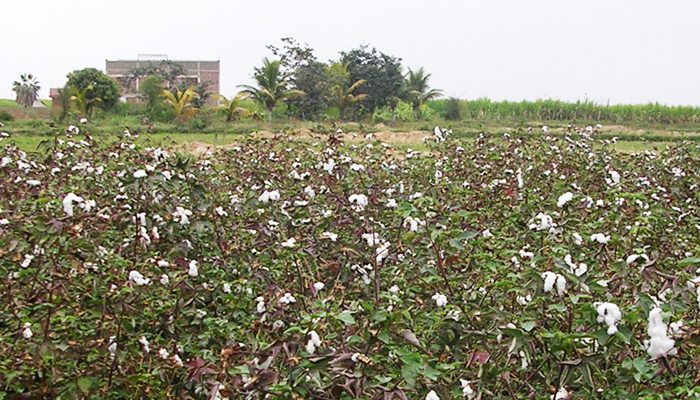Chimu, Labyrinths of a sacred costume
The economy of an empire
The Chimú took large tracts of land from the desert through a system of aqueducts that carried water for great distances to a network of irrigation canals. They cultivated corn, squash, hot peppers, beans, cotton, yucca and other vegetable products. They also planted fruit trees that produced pacay, papaya, cherimoya and lucuma.
Fishermen gathered off the beaches and rocky coastal promontories, mollusks, crustaceans, and seaweed, diving in deeper waters, if necessary. Small reed boats were built for fishing with a line and hooks close to the coast; large balsawood vessels were constructed for fishing with nets.
Local artisans were clever at decorating textiles with colorful feathers, sculpting wood, making reed matting, and working with shells and semiprecious stones. Many of the copper and bronze objects that they used were made following the traditions of their powerful neighbors, the Lambayeque, who were conquered by the Chimú in AD 1375. There were two really outstanding crafts: delicate gold-work and finely woven textiles.
Chimú merchants traded many of their goods for potatoes, wool, hides, meat, and other products from the herdsmen of the mountains; for coca leaves, wood, monkeys and feathers of tropical birds from the tropical forests; and for Spondylus shells for the distant Ecuadorian coast, together with many other articles. There were two caravan terminals in the center of the city of Chan Chan, where more than 600 men transported their cargos of luxury items, as well as consumer goods, to and from the city on the backs of llamas.






































